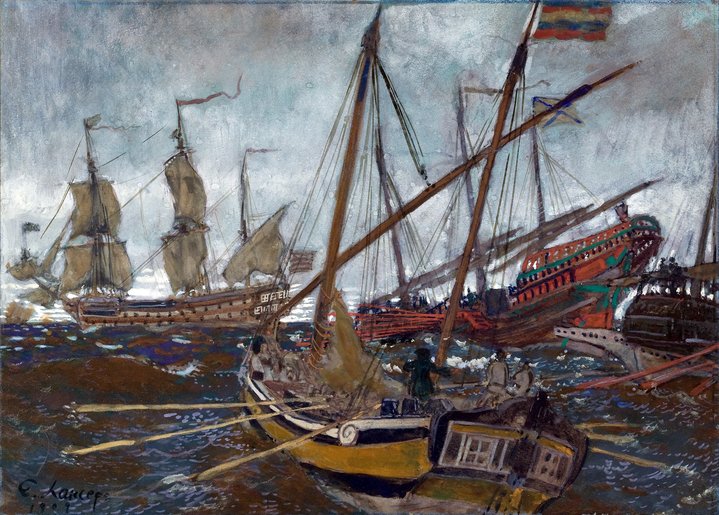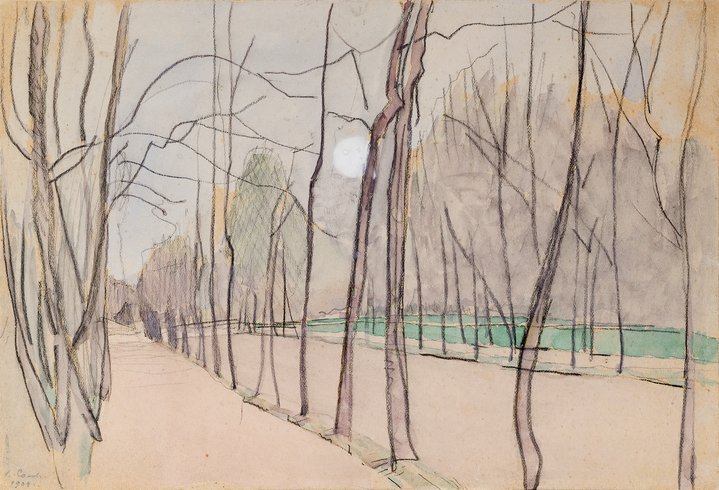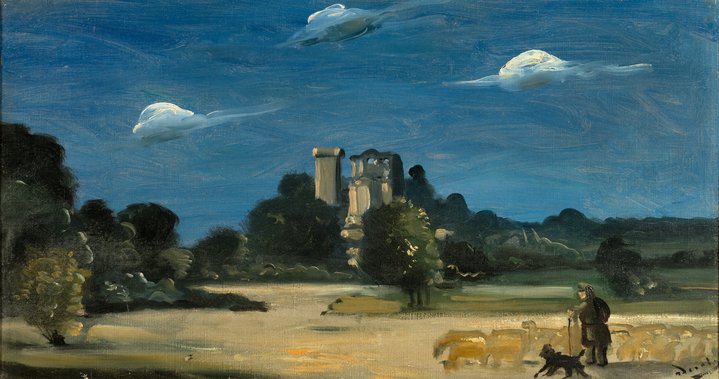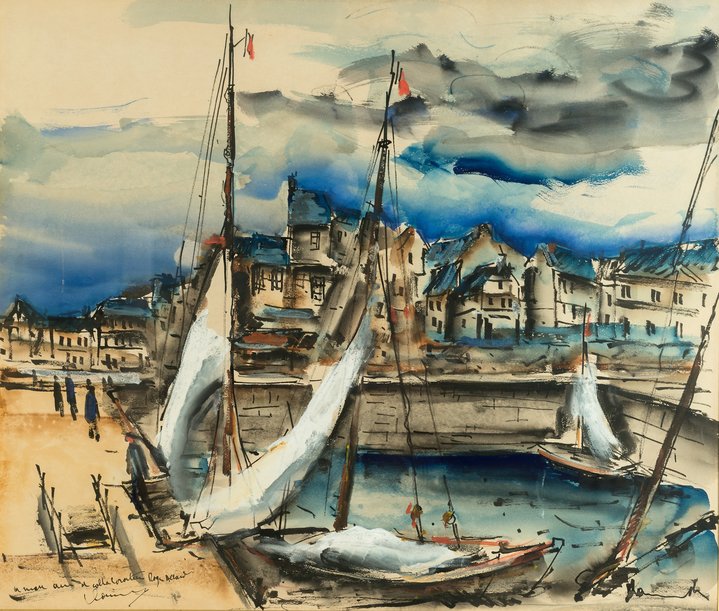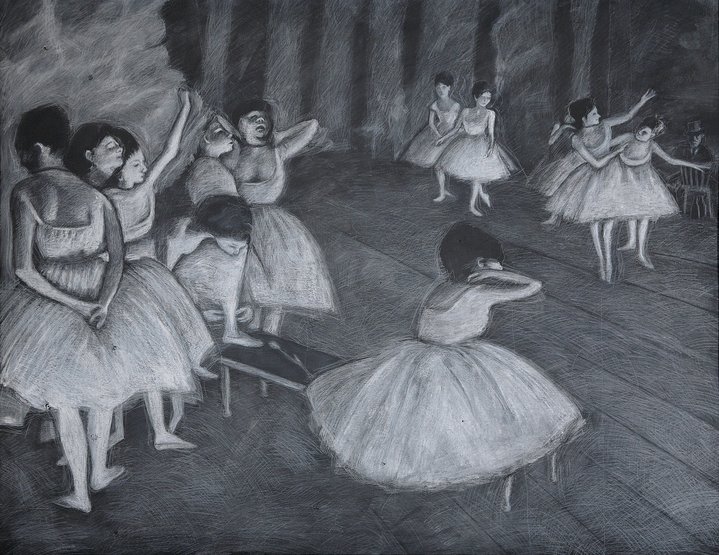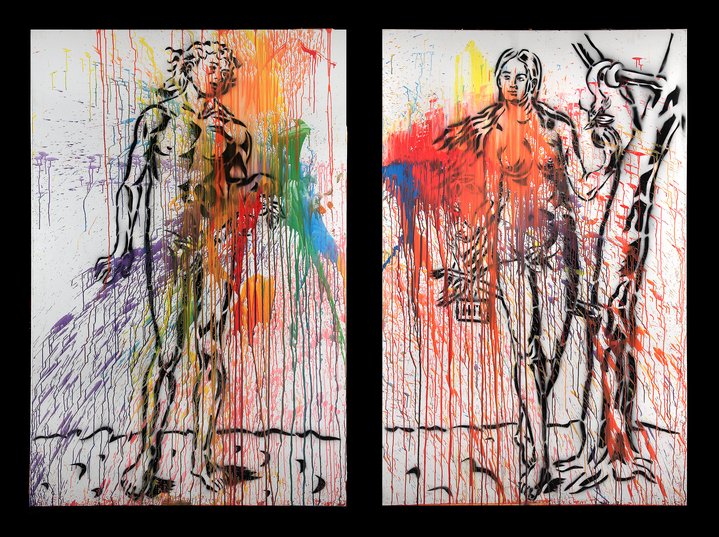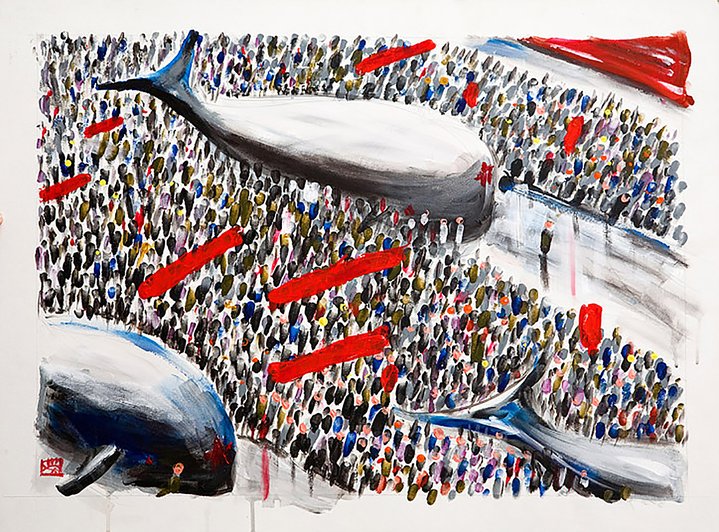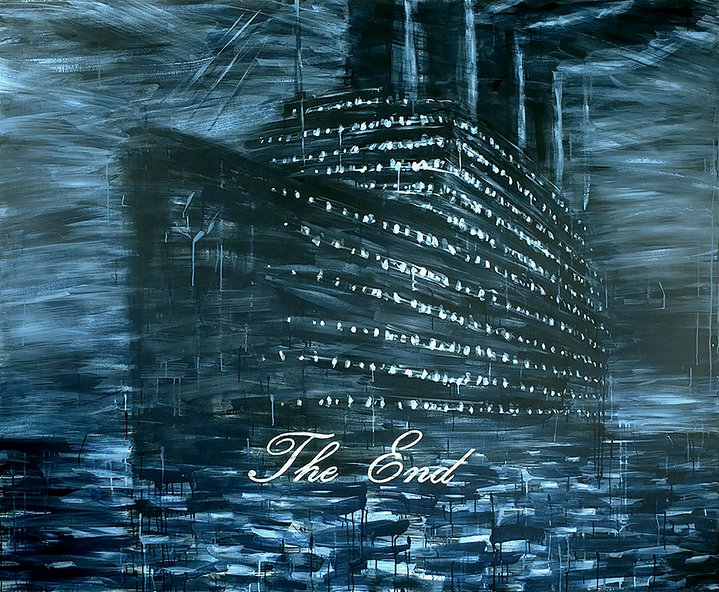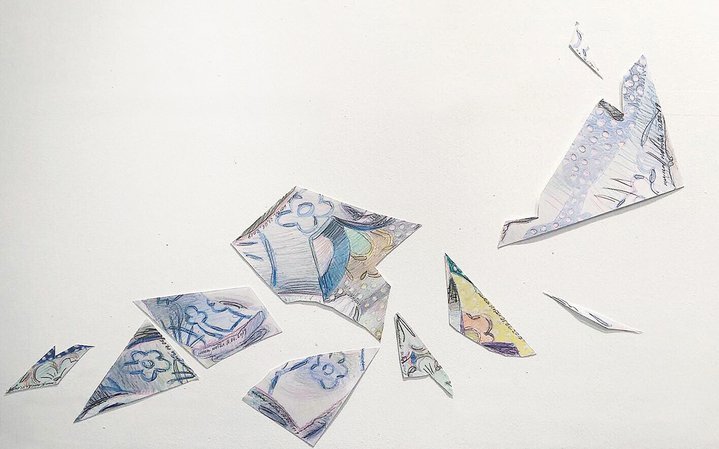Maxim Bokser: a man and his dream
The curator driven by an interest for antiques and contemporary art is staging an exhibition at the Moscow's IN ARTIBUS Foundation that wilfully merges both his passions.
Collectors often tend to become obsessive. Maxim Bokser, a Russian curator, occasional dealer and sometime gallery owner, has been gathering art since he was a schoolboy. This curator’s dream is to obtain a painting by one of the world’s most famous artists, even if it is only one on loan for his forthcoming eclectic exhibition at Moscow’s In Artibus Foundation. It showcases what Bokser has, what he lost and what he dreams of most: a Rembrandt. Appropriately, the show’s name is ‘Wish List: A Collector’s Dream’ (19 March – 12 August). Sadly, the State Pushkin Museum of Fine Arts in Moscow turned down a Rembrandt loan for Bokser’s exhibition. When Russian Art Focus spoke to him, he was waiting for an answer from the State Hermitage Museum in St. Petersburg, and dreaming of a spotlight that might illuminate the elusive Rembrandt, while plunging the rest of the gallery in darkness. During the interview, he explained his passion this way: “What can crown a private colIection of Dutch art? Only one artist. Everyone knows him. I really wanted to borrow one, in principle any work by this artist, and to show it. I would like the dreams that a collector might have to be fulfilled at this exhibition and to show the path of development.” Bokser was collecting Dutch paintings during the 1990s, something he now describes as “a pointless exercise”, but adds, despite the fact that, in his words, “it didn’t result in anything”, he has no doubt that it helped him to define priorities. Whatever the final outcome over a possible Rembrandt loan, the exhibition will celebrate the artist’s 405th birthday on July 15.
Inevitably, Bokser’s early art collecting hobby turned into a passion that has encompassed everything from works by hardcore Russian contemporary artist Gosha Ostretsov (b. 1968), a childhood friend who sold him his first works, to early 20th century Russian graphics by Alexander Benois (1870–1960), Konstantin Somov (1881–1962), Natalia Goncharova (1881–1962) and Mikhail Larionov (1881–1964). Those graphics represent the most complete period of his collection, as well as his area of professional expertise, which stretches to Dutch masters and back again. Bokser’s interest in art was influenced by his grandmother’s old pre-revolutionary objects from her family home, which included an embroidered head of Napoleon, as well as to his parents’ interest in graphic art exhibitions that tested Communist Party proscriptions in the 1970s and 80s at an exhibition hall on Moscow’s Malaya Gruzinskaya Street. He started collecting Russian paper bonds as early as in the 5th and 6th grades at school, primarily for their etchings. “I didn’t care what historical period they were from, but visually they appealed to something esthetic in me.” He later expanded his interest to etchings on glass.
When the Soviet Union collapsed, he dumped the engineering job he hated and plunged headlong into art, selling his collection of bonds at the Izmailovsky flea market, which became his introduction to art dealing. He eventually got a job at Alpha-Art, the first commercial art auction house created by the Alfa Group consortium in 1991–92. Petr Aven, a former minister turned Alfa Bank president, became an important art collector. Aven is loaning a couple of majolica works by Mikhail Vrubel (1856–1910) that Bokser sold to him years ago. “Any collection is like a train. You have to separate some carriages and let them go in another direction, otherwise it can’t develop,” was Bokser’s advice.
Bokser’s approach with Wish List, is to fill gaps in his collection as it unfolded over time, hence the hunt for a Rembrandt, staging him as a “total installation” and “mysterious tunnel”. Dreamt-of objects might be highlighted by flashing lights “like Christmas decorations”. A lacuna in the Fauvist section is being compensated by an Albert Marquet work from the collection of Inna Bazhenova, founder of the In Artibus Foundation (and co-founder of Russian Art Focus), a hole in the 18th century by more exotic, contemporary means, as well a work by artist Alina Glazoun (b. 1988) depicting a parrot atop a pyramid on a velvet stand with gold tassels and the word “Remind” spelt out in Scrabble letters.
“I really need this work to connect the history of contemporary and applied art of the 18th century,” Bokser says, referring to the 50 exhibitions he staged at Perelyotny Kabak, an intellectual wine bar named after G.K. Chesterton’s novel ‘The Flying Inn’ before its gallery space closed. “This exhibition is serious because I want to propose to collectors, or future collectors, or those who don’t yet know that it is easy to think about this and easy to dream about this, that maybe it doesn’t even require сonsiderable means,” said Bokser. “I never had the means to easily make new acquisitions. It is always a difficult process. But it can be done. Baudelaire has such a formula. First you need frivolous desires, then the time of a person of leisure, as well as minimal knowledge. There is no money in the formula.”






